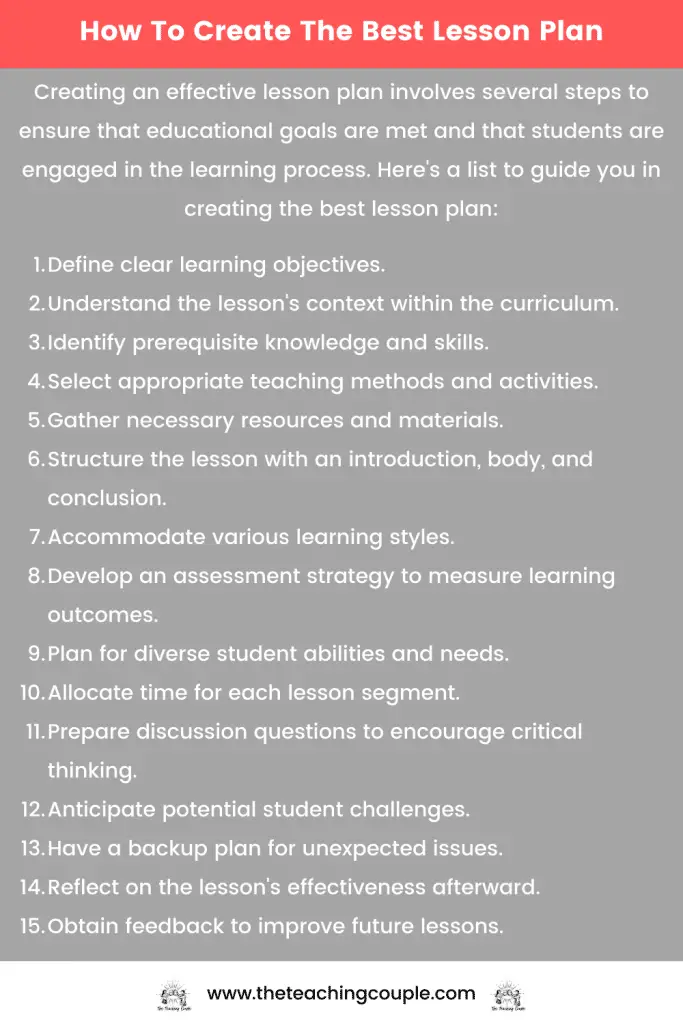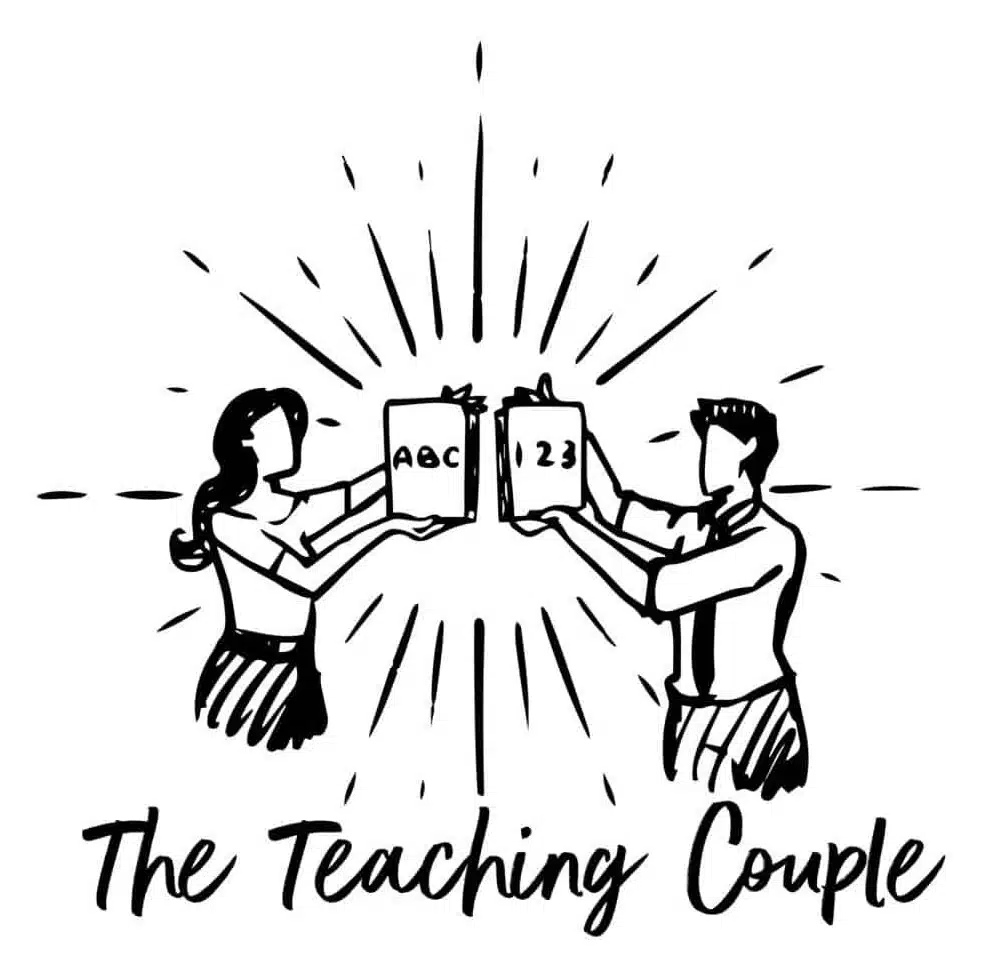Introducing poetry to third-grade students can be both an exciting and educational experience. At this age, students are ready to explore the world of poetry through myriad forms and styles while developing their reading and writing skills.
One of the key goals in teaching poetry to third-graders is to cultivate their creativity and inspire a passion for the written word.
Related: For more, check out our article on The Best Poetry Books For Teachers here.

To successfully teach poetry to third-graders, it’s essential to break down the basics of poetry in a way that is both easy for them to understand and enjoyable to learn. By focusing on making the learning process fun and engaging, teachers can encourage students to appreciate the world of poetry while simultaneously fostering their analytical skills.
Key Takeaways
- Introduce third-graders to various forms and styles of poetry
- Focus on making learning about poetry fun and engaging for students
- Incorporate poetry analysis and creative expression into the curriculum
Understanding the Basics of Poetry
Teaching poetry to grade three students can be a rewarding experience, provided they are introduced to the fundamental concepts and techniques clearly and engagingly. This section provides a brief overview of the basic elements and styles of poetry to familiarize both teachers and students.
Elements of Poetry
To help students understand and appreciate poetry, it is essential to acquaint them with the various elements that contribute to the art form. These elements serve as the foundation and broaden their comprehension of the text. Some common elements include:
- Words: Careful selection and arrangement of words are vital in poetry. Students should be encouraged to explore different words and their meanings to enhance their vocabulary.
- Order: The sequence of words and lines in a poem is crucial for maintaining rhythm and flow, helping the reader grasp the intended message.
- Imagery: Poems often contain vivid descriptions that evoke sensory experiences. Students should learn to recognize metaphors, similes, and other forms of imagery in poems.
- Poetic Devices: To aid students’ understanding of poetry, introduce various poetic devices such as alliteration, repetition, onomatopoeia, and more.
| Device | Description |
|---|---|
| Alliteration | Repeated consonant sounds at the beginning of words in the same line or stanza |
| Repetition | Reiteration of words, phrases, or lines for emphasis and effect |
| Onomatopoeia | Words that imitate the sounds they represent |
Styles of Poetry
In addition to understanding the primary components of poetry, students should be exposed to different styles of poems. Introducing a variety of styles can spark their curiosity and foster greater appreciation for the art form. Some examples of poetry styles include:
- Free Verse: These poems have no specific rules or pattern. They allow students the freedom to express themselves without constraints.
- Haiku: A traditional Japanese form of poetry composed of three lines, following a 5-7-5 syllable pattern. Haikus often depict nature or emotions.
- Diamante: A seven-line poem with specific rules regarding word types and syllables. Diamante poems resemble the shape of a diamond.
- Rhymes: Poems that contain words with the same ending sound, often featured in nursery rhymes for young children.
By introducing students to the elements and styles of poetry, they can build a solid foundation for understanding and appreciating this versatile literary form. As students advance, they can apply their knowledge and skills to create their own poems and develop a lifelong love of poetry.
Related: For more, check out our article on How To Write Poetry Lesson Plan here.
Making Poetry Fun and Engaging
Teaching poetry to grade three students can be made fun and engaging by incorporating a variety of interactive activities, music, and technology into the learning process. In this section, you will find ideas for keeping your students engaged and interested in poetry.
Interactive Activities
One of the most effective ways to engage students in learning poetry is through interactive activities. By designing and incorporating various poetry activities in the classroom, you can spark their interest and make the subject enjoyable. Here are a few suggestions:
- Create an anchor chart: Have students collaborate to create a visual representation of poetry concepts. This chart will help them connect to the material, sparking interest and engagement.
- Group work: Encourage students to work in small groups to create their own poems. This fosters teamwork and allows them to express their creativity.
- Poetry slam: Organize a poetry slam where students can perform their own poems or recite famous poems in front of the class. This interactive activity promotes both creativity and oral communication skills.
Poetry through Music and Technology
Music is a powerful tool for enhancing the learning experience and connecting with students. Songs can be used as an engaging way to teach poetry and explore various themes and emotions found in poems. For example, you might consider using songs by artists such as Katy Perry to facilitate discussions about figurative language, imagery, and symbolism.
In addition to music, incorporating technology into poetry lessons can greatly improve student engagement. Here are some ideas for utilizing technology to teach poetry:
- Digital poetry journals: Encourage students to create digital poetry journals, where they can collect and organize their favorite poems, as well as create their own.
- Audio-visual tools: Show videos or play audio recordings of poets reciting their work, helping students better understand the rhythm and emotion behind their words.
- Online resources: Utilize online platforms to expose students to different forms of poetry and help them practice their skills.
By incorporating interactive activities, music, and technology into poetry lessons, you can create a fun and engaging learning environment that will inspire grade three students to develop a love for poetry.
Exploring Poetry Analysis
Reading and Comprehension
Teaching poetry to third graders should begin with a focus on reading and comprehension. Start by selecting age-appropriate poems that contain a variety of poetic elements such as figurative language, rhyming words, and clear main ideas.
Encourage students to read and listen to different types of poems to help them develop a sense of understanding.
To support comprehension, guide students through the following steps:
- Determine the main idea of the poem.
- Identify instances of figurative language such as simile, metaphor, and personification.
- Recognize rhyming words and consider their effect on the poem.
- Reflect on how the poem evokes feelings and emotions.
- Discuss the poem’s word choice and how it creates meaning.
Using these steps, students will learn how to analyze the components of a poem and improve their overall reading comprehension skills.
Writing and Expression
Following the exploration of reading and comprehension, students can now shift their focus to writing and expression. To engage reluctant writers and foster a positive attitude towards poetry writing, consider these techniques:
- Encourage students to write about topics they are passionate about or feel strong emotions towards.
- Provide a safe space for them to express their thoughts and feelings.
- Offer varied opportunities for poetry writing, such as writing a poem as a group, individually, or composing a poem that incorporates rhyming words or figurative language.
A possible activity to support poetry writing is to have students create their own poem using the following steps:
- Select a topic, theme, or emotion to focus on.
- Brainstorm relevant words, phrases, or rhyming words that pertain to the chosen theme.
- Decide on the poem’s structure, considering options like free verse, couplets, or quatrains.
- Write the draft of the poem by combining the brainstormed words and phrases, focusing on conveying the main idea and expressing their emotions.
- Review and refine the poem, considering the word choices and improving their appropriateness and impact.
By engaging in poetry analysis and writing activities, third-grade students will develop their skills in reading, comprehension, writing, and expression while fostering a deeper understanding and appreciation of poetry.
Incorporating Poetry into the Curriculum
Teaching poetry is an essential part of language arts and can be effectively incorporated into the curriculum for grade three students. This section will discuss two main aspects of incorporating poetry into the curriculum: lesson plans and units, and learning from famous poets.
Lesson Plans and Units
One of the best ways to incorporate poetry into the classroom is through lesson plans and poetry units. Teachers can dedicate a specific time during the year, such as National Poetry Month (April), to focus on teaching poetry. For example, creating a Poem of the Week project would be an excellent way for students to explore and learn about different poems and poets.
Here are some ideas for creating engaging lesson plans:
- Poetry Reading: Have students read and discuss various poems during class.
- Poetry Writing: Encourage students to write their own poems and share them with the class.
- Poetry Performance: Organize a poetry recital where students can perform their own written or favorite poems.
- Poetry Analysis: Teach students how to analyze and understand the meaning behind poems.

Learning from Famous Poets
Introducing students to the works of famous poets helps them appreciate the beauty of language and develop their understanding of the poetic form. Some popular poets to include in the curriculum for grade three are Shel Silverstein, Robert Frost, and Nikki Giovanni.
For example, teachers can use Shel Silverstein’s collection of poems, Where the Sidewalk Ends, as a foundation for teaching poetic techniques and styles that relate to students’ interests and experiences.
Additionally, exposing students to poems by Robert Frost, such as “The Road Not Taken” and “Stopping by Woods on a Snowy Evening,” can help them understand the importance of word choice and imagery. Nikki Giovanni’s poems, like “I Am a Mirror,” and “Talking About New Orleans,” provide opportunities for students to explore diverse subjects and voices.
In conclusion, incorporating poetry into the grade three curriculum allows students to develop their language skills, appreciate the beauty of words, and learn from the works of famous poets.
Through well-structured lesson plans and poetry units, teachers can create an enriching learning experience that engages and inspires young minds.

